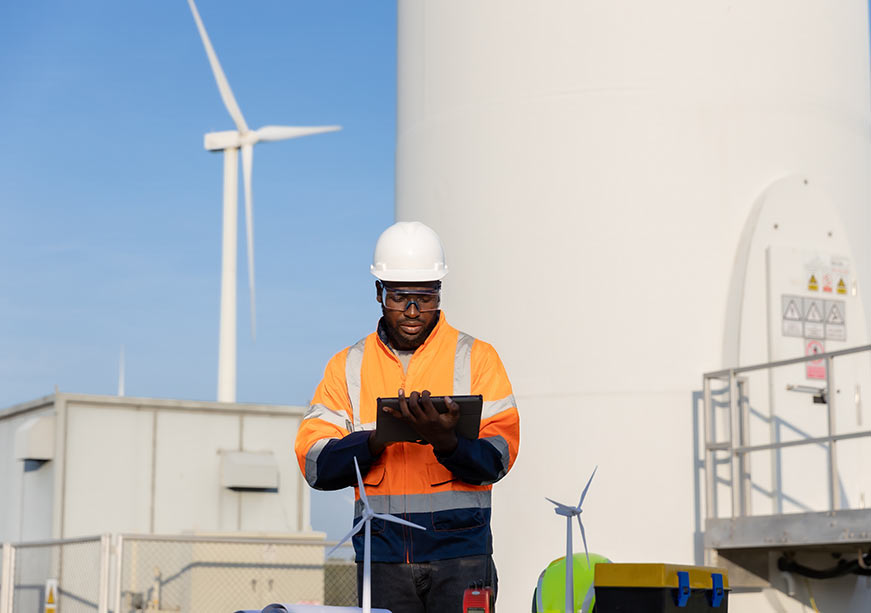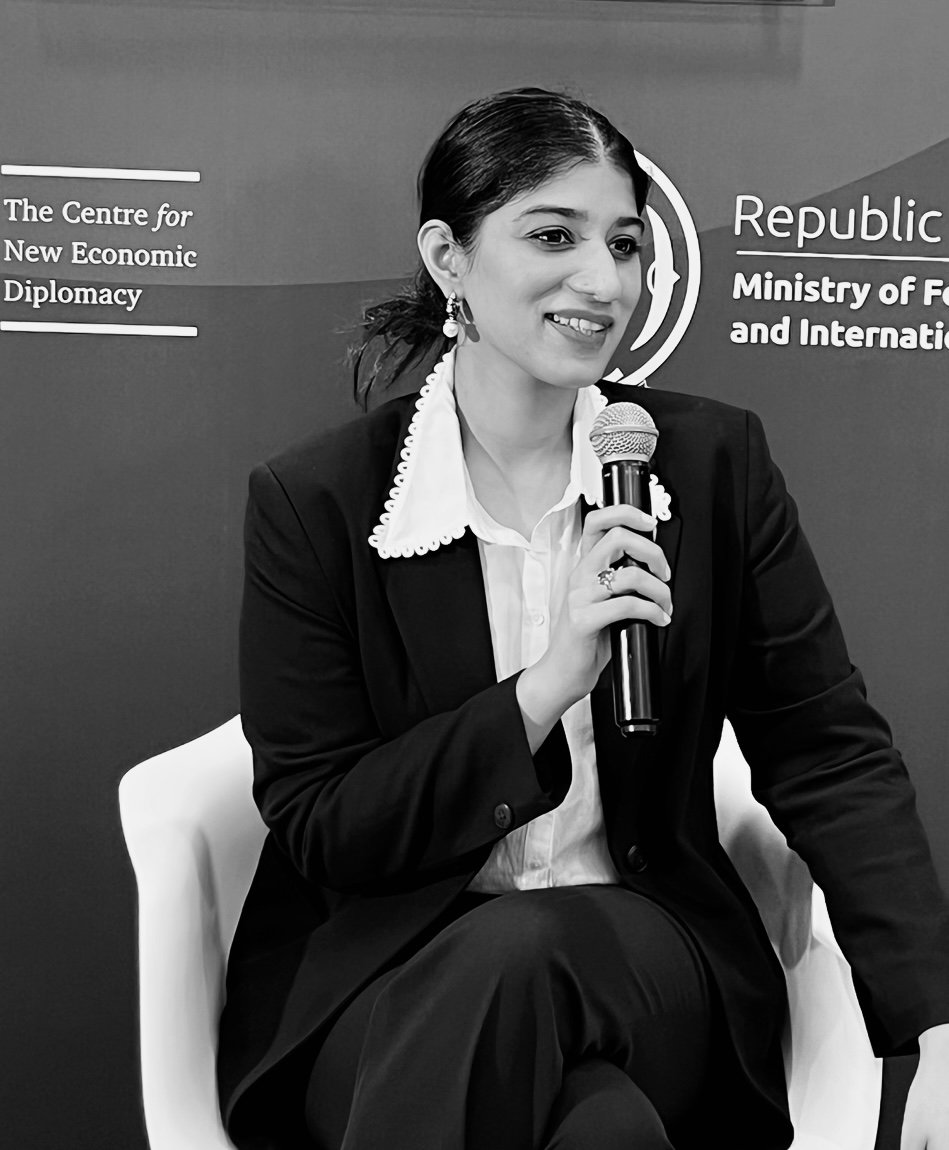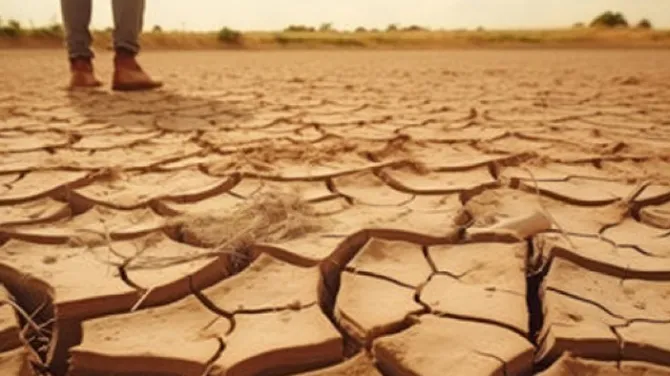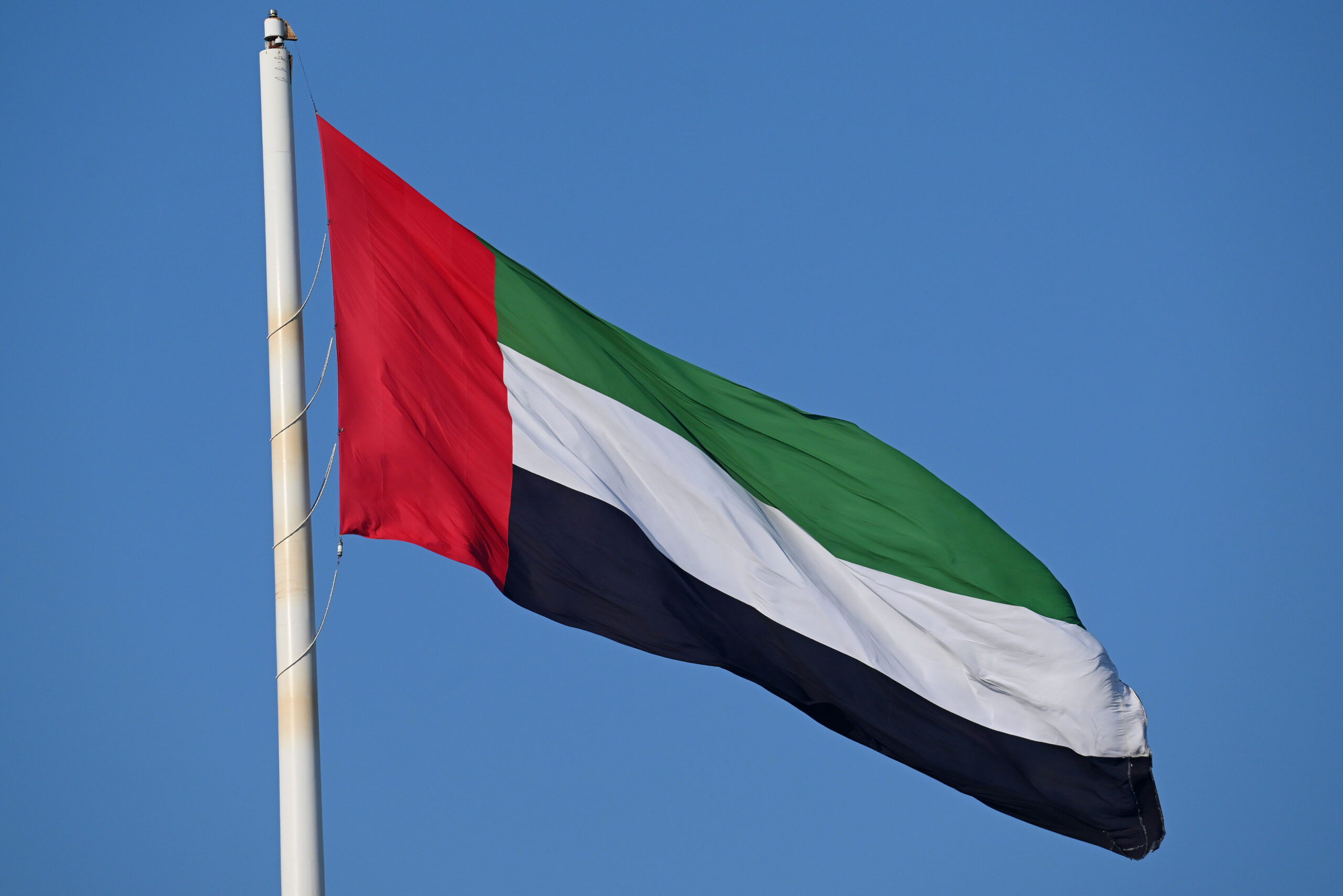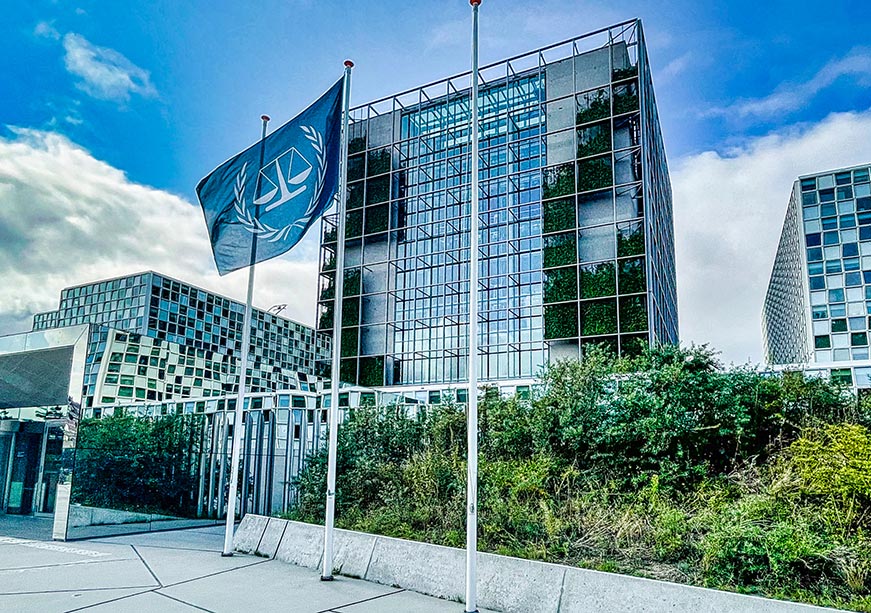Can Africa’s energy transition break the resource curse? With global aid shrinking, African leaders look to clean energy to boost growth, jobs, and autonomy
As global geopolitical tensions rise and economic growth projections remain sluggish, cautious and thrifty governments are looking to slash external aid as the first cost-cutting measure. In response to the changing grantmaking environment, African leaders and policymakers are already carving out additional pathways for external capital mobilisation and internal revenue generation strategies. The energy transition agenda presents one such avenue for Africa to harness its core strengths—abundant resources and demographic dividend–bolstering political standing and boosting economic and social prosperity.
The paradox of plenty: Dutch disease in Africa
Africa is one of the most resource-rich countries in the world, holding 30 percent of global mineral resources, 12 percent of oil reserves, 8 percent of natural gas, 40 percent of the world’s gold and 90 percent of its chromium and platinum. It also houses the largest known reserves of cobalt, diamonds, platinum, and uranium in the world, alongside 65 percent of the world’s arable land.
Yet, despite these vast resources, some African countries struggle to translate resource wealth into widespread economic prosperity for all its citizens. This phenomenon, termed the ‘paradox of plenty’, is also called the Dutch Disease, where resource-rich countries experience slow economic growth. This often happens when natural resource exports lead to currency appreciation, which makes other sectors, such as manufacturing and agriculture, expensive and uncompetitive internationally. An overdependence on commodity revenues fosters government complacency, weakens economic diversification, and limits job creation. Extractive industries such as mining are more capital intensive than manufacturing and fail to absorb the growing workforce. Weak industrialisation induces import dependency, and local industries struggle to keep pace. Commodity markets are prone to price volatility, giving way to unfair rent-seeking and elite capture, further fueling fiscal crises and unemployment.
Africa’s trade with the rest of the world reflects such structural challenges. The continent accounts for 2 percent of global trade, while foreign direct investment (FDI) flows hover around 3.5 percent of global FDI, amounting to US$48 billion. Nearly 80 percent of Africa’s trade is in commodities, primarily minerals and fossil fuels. The investment patterns mirror this trend, with 73 percent of the FDI inflow in sub-Saharan Africa—concentrated in Nigeria, South Africa, Angola, and Ghana—in energy and extractive industries. Moreover, FDI inflows remain unevenly distributed, with 80 percent of the FDI flowing into just 15 countries.
In contrast, intra-Africa trade is more diversified, leaning towards value-added goods such as manufacturing—45 percent of total formal intra-African trade, processed food/ foodstuff—20 percent), financial, transport and banking services. In 2023, intra-Africa trade reached US$192 billion, which accounts for only 15 percent of its total trade—far below intra-trade proportions in Europe—60 percent.
Such a skewed trading relationship highlights Africa’s dependence on external markets for commodity exports and manufactured imports, reinforcing economic vulnerabilities. Although it is one of the largest crude oil producers in the world, Nigeria imports more than 80 percent of its petroleum products due to inadequate in-house refining capacity. This dynamic has been linked to a new form of neo-colonialism manifesting in economic dependency (on commodity exports and external financing) and limiting sovereign decision-making. This trend exemplifies the ”Lucas Paradox” where net capital flows ‘uphill’ from poorer to richer countries.
In an era where supply chains are increasingly weaponised, a coordinated approach to resource governance can provide Africa with much-needed leverage, positioning it as a proactive player in the energy transition landscape. The continent has a unique opportunity to leapfrog to clean energy and sustainable development by harnessing its vast resources and young workforce. However, technology transfer and finance remain a challenge. Developing strategic partnerships and a collective roadmap to maximise their stake in their resources can reinforce Africa’s leadership in the global energy landscape.
Africa’s path to energy sovereignty and industrialisation
- Equitable resource agreements: Creating a framework for equitable collaboration between African countries and external stakeholders on the extraction and processing of critical minerals is essential. Such arrangements can help address the high upfront capital and technology costs for mineral extraction and processing. Most recently, the Democratic Republic of Congo proposed to enter into such an agreement to retain greater control of its vast resources, preventing illicit smuggling to other African countries and unauthorised global exports. Given Africa’s vast land resources and uranium deposits, the potential for such funds to develop the biofuels and nuclear energy sectors is also significant.
- Local content provisions: Critical mineral and clean energy partnerships must include a local content provision to ensure that external investments increase local value addition, support technology and skills transfer and develop local capacity. A precedent for this exists in the Nigerian Oil and Gas Industry Content Development (NOGICD) Act, aka the Local Content Act of 2010, which promoted indigenous participation in Nigeria’s oil and gas sector. Such provisions can promote employment opportunities and skill development in the clean energy industries, enabling spin-offs into clean tech entrepreneurial endeavors as well.
- Diversified investment partnerships: Africa stands to benefit by expanding its partnerships beyond traditional allies in the West and China and strengthening engagement with new and emerging actors investing in the clean energy transition. In 2022, Africa’s capital inflow from countries like the United Arab Emirates (UAE) was seven times the amount committed by US investors and even surpassed that of China. For example, the UAE invested US$25 billion in clean energy projects in Egypt and is developing a massive net-zero sustainable city called The Parks in South Africa, costing US$20 billion. India has also emerged as one of the top five investors with a clear focus on renewables and infrastructure development in the region. At the same time, newer financing sources, such as Indonesia’s recently established Danantara sovereign wealth funds, could offer alternative financing mechanisms for Africa’s green industrialization.
- Mobilising transition finance: As a member of the G20 and the BRICS+, Africa must leverage these platforms to question the biases of current financial frameworks and credit rating agencies which have burdened global south countries with a premium on capital. The continent, along with other Global South countries, should rally behind a new model of rating and capital deployment for securing transition finance at concessional rates. Furthermore, given the shortcomings of Just Energy Transition-Partnerships (JET-Ps), Africa should call for sector-specific investments, say in clean energy electrification, rather than for economy-wide phaseouts of fossil fuel. Philanthropy and multilateralism should also work closely to provide first loss capital and guarantees to de-risk and unlock large-scale private capital into the continent. Given Africa’s rich resource capital and renewable potential, carbon markets and credit mechanisms can also be leveraged to enhance transition financing flows.
The success of Africa’s energy transition hinges on strong industrial and energy policy making aligned with the continent’s ambitions and commitments under the African Union (AU) Agenda 2063, the Sustainable Development Goals (SDGs) and the Paris Agreement. The African Continental Free Trade Area (AfCFTA) Agreement that entered into force under AU auspices in 2019 is also crucial in this regard to mainstream and harmonise inclusive trade policies, facilitating regional industrialisation and clean energy cooperation. And most importantly, deliberate investment in education, skilling and healthcare will be crucial to unlock Africa’s vast human capital potential to support the energy transition and green growth.
Mannat Jaspal is the Director and Fellow of Climate and Energy, Observer Research Foundation Middle East.

